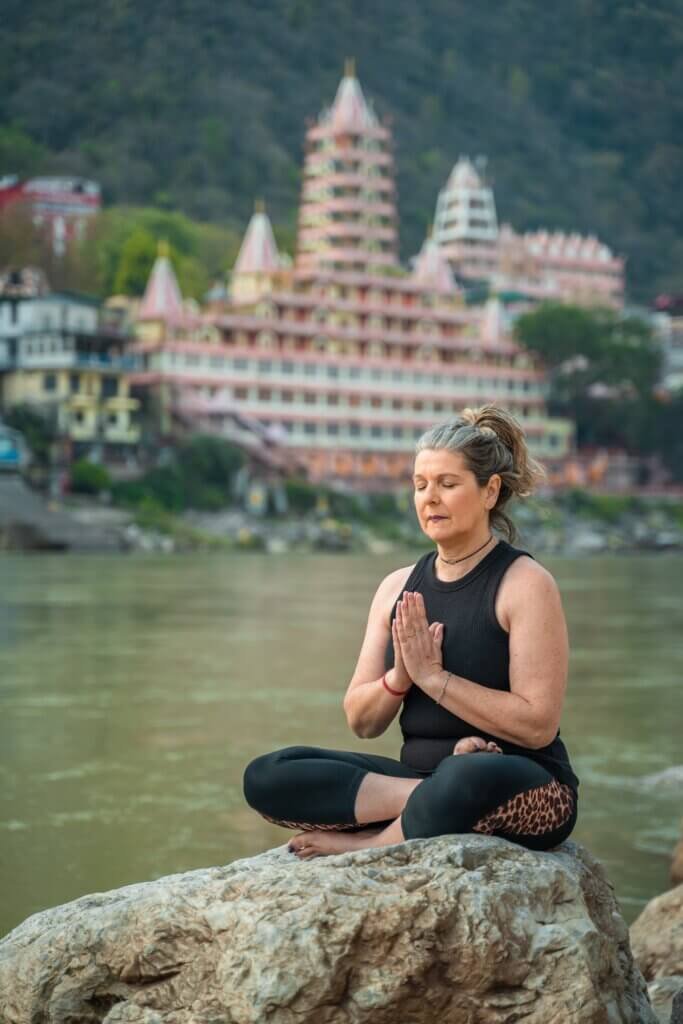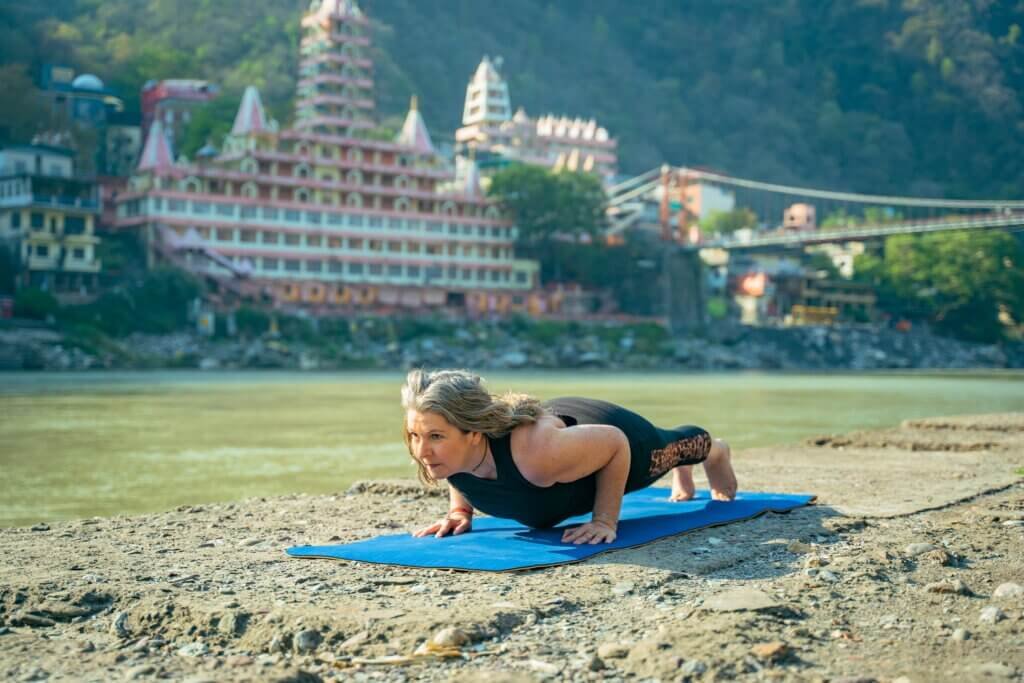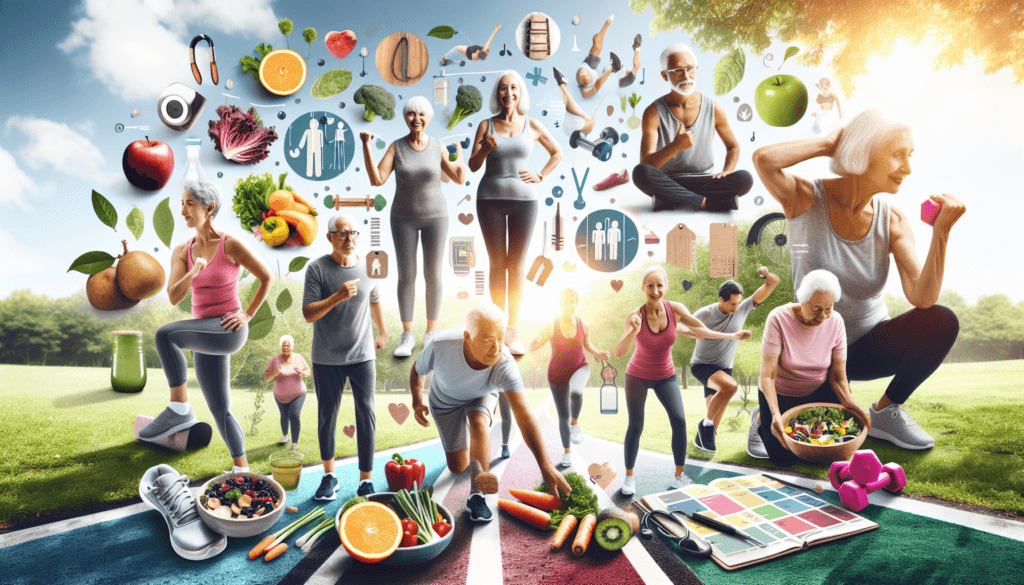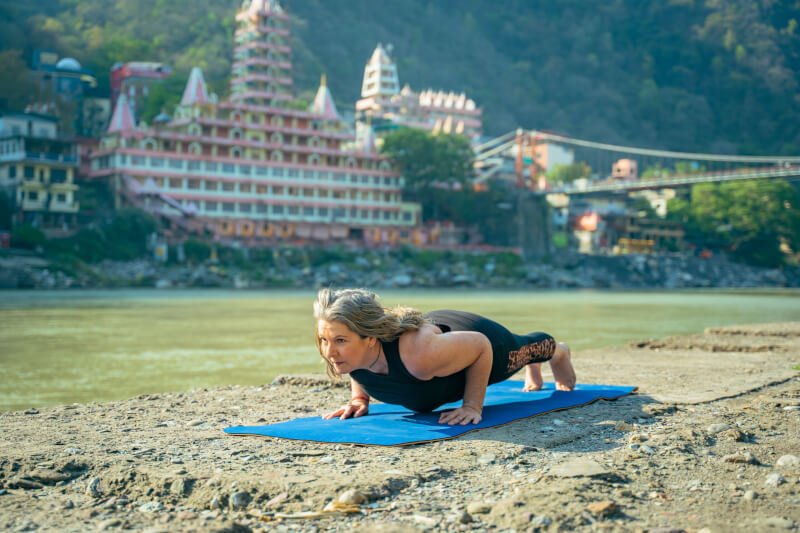As you age, it becomes increasingly important to prioritize your physical health and stay active. In order to maintain a high level of fitness and ensure a good quality of life, there are certain steps you can take. From incorporating regular exercise into your routine to making simple lifestyle changes, this article will provide you with valuable tips and guidance on how to stay active and fit as you get older. Whether you’re in your 50s, 60s, or beyond, it’s never too late to start taking care of your body and reap the benefits of an active lifestyle.

Physical Activity
Physical activity is an essential aspect of a healthy lifestyle, regardless of age. As you get older, it becomes even more important to incorporate physical activity into your routine. There are various types of physical activity that you can engage in to improve your overall fitness and well-being.
Types of physical activity
There are four main types of physical activity: strength training, cardiovascular exercise, flexibility and stretching, and balance and coordination. Each type offers unique benefits and contributes to your overall fitness.
Strength Training
Strength training, also known as resistance training or weightlifting, is crucial for maintaining muscle mass and bone density as you age. Engaging in regular strength training exercises helps increase strength, improve posture, and prevent age-related muscle loss. It is important to choose the right exercises for your fitness level and goals.
Benefits of strength training
Strength training has numerous benefits, especially for older adults. It helps increase muscle strength and endurance, improves joint stability, and enhances overall functional fitness. Regular strength training can also boost metabolism, promote healthy weight management, and reduce the risk of chronic conditions such as osteoporosis and arthritis.
Choosing the right exercises
When it comes to strength training, it is important to choose exercises that target different muscle groups. Some effective exercises for older adults include squats, lunges, chest presses, bicep curls, and shoulder presses. It is recommended to start with lighter weights and gradually increase the intensity as you become more comfortable and confident.
Getting started with weights
If you are new to strength training, it is advisable to seek guidance from a qualified fitness professional. They can teach you proper form and technique, ensuring that you perform each exercise safely and effectively. Additionally, starting with lighter weights or resistance bands is a good way to build strength gradually and reduce the risk of injury.
Cardiovascular Exercise
Cardiovascular exercise, also known as aerobic exercise, is crucial for maintaining cardiovascular health and improving overall endurance. Engaging in regular cardiovascular activities helps strengthen your heart and lungs, burn calories, and improve your mood and mental health.
Benefits of cardiovascular exercise
Regular cardiovascular exercise offers numerous benefits, regardless of age. It helps reduce the risk of heart disease, stroke, and high blood pressure. Cardiovascular exercise also improves lung function, increases energy levels, and promotes better sleep. It is a great way to boost your mood and reduce stress and anxiety.
Finding your target heart rate
To maximize the benefits of cardiovascular exercise, it is important to find your target heart rate zone. This can be calculated based on your age and fitness level. Generally, the target heart rate for moderate-intensity exercise is about 50-70% of your maximum heart rate. You can monitor your heart rate during exercise using a heart rate monitor or by checking your pulse.
Choosing low-impact activities
As you age, it is important to choose low-impact activities to reduce the risk of joint pain or injury. Walking, swimming, cycling, and water aerobics are excellent low-impact options. These activities provide a cardiovascular workout without putting excessive stress on your joints. Remember to start slowly and gradually increase the duration and intensity of your workouts.
Flexibility and Stretching
Flexibility and stretching exercises are essential for maintaining joint health, improving range of motion, and preventing injuries. As you age, your muscles naturally become tighter and less flexible, making stretching even more important.
Benefits of flexibility exercises
Incorporating flexibility exercises into your routine has various benefits. It helps improve posture, enhance balance, and increase joint mobility. Flexibility exercises also aid in relieving muscle tension and reducing the risk of muscle strains and tears. They can improve your overall performance in other physical activities and daily tasks.
Types of stretching
There are two main types of stretching: static stretching and dynamic stretching. Static stretching involves holding a stretch for a prolonged period, usually around 15-30 seconds. This type of stretching is ideal for increasing flexibility and should be done after a workout when your muscles are warm. Dynamic stretching, on the other hand, involves controlled movements that mimic the actions of your workout or sport. It is best done as a warm-up before physical activity to prepare your muscles and joints.
Incorporating stretching into daily routine
To incorporate stretching into your daily routine, it is beneficial to set aside dedicated time for stretching exercises. You can stretch in the morning to loosen up your muscles and joints or include stretching breaks throughout the day. It is important to listen to your body and stretch to the point of mild tension, never pushing to the point of pain. Remember to breathe deeply and relax while stretching each muscle group.

Balance and Coordination
Maintaining balance and coordination is vital as you age to reduce the risk of falls and injuries. Incorporating specific exercises and drills into your fitness routine can greatly improve your balance and coordination skills.
Importance of balance and coordination
Balance and coordination are essential for performing everyday activities safely and efficiently. As we age, our balance can naturally decline, increasing the risk of falls. By regularly engaging in balance and coordination exercises, you can improve your stability, prevent falls, and maintain independence.
Exercises to improve balance
There are various exercises that can help improve balance. Some examples include standing on one leg, heel-to-toe walking, and practicing yoga or tai chi. These exercises challenge your stability and proprioception, improving your ability to maintain balance in various situations.
Incorporating balance drills
To further enhance your balance and coordination, you can add specific balance drills to your routine. These drills can involve activities such as standing on an unstable surface, using a balance board, or performing single-leg exercises. Start with simpler drills and progress gradually to more challenging ones as your balance improves.
Maintaining Joint Health
Maintaining joint health is crucial for overall mobility and quality of life. As you age, it becomes even more important to protect your joints and prevent age-related conditions such as arthritis.
Importance of joint health
Healthy joints are essential for performing daily activities and staying active. Joint pain and stiffness can significantly limit your mobility and independence. By incorporating joint-friendly exercises into your routine and practicing proper form and technique, you can maintain joint health and reduce the risk of joint-related issues.
Exercises to protect joints
When it comes to protecting your joints, it is important to choose exercises that do not put excessive stress on them. Low-impact activities such as swimming, cycling, and using an elliptical machine are excellent options. Strength training exercises that target the muscles around the joints can also provide support and stability.
Using proper form and technique
When performing exercises, it is crucial to use proper form and technique to avoid unnecessary strain on your joints. Learning correct exercise techniques from a qualified fitness professional or physical therapist can greatly reduce the risk of joint injuries. It is important to start with lighter weights and gradually increase the intensity as your joints adapt and strengthen.

Finding Motivation
Staying motivated to exercise and stay active can sometimes be challenging, regardless of age. However, finding effective strategies to stay motivated is essential for maintaining a consistent fitness routine.
Setting goals
Setting realistic and achievable goals is an excellent way to stay motivated and focused. Whether it’s completing a certain number of workouts per week, increasing your strength or endurance, or participating in a specific event, having goals gives you something to strive for and helps track your progress.
Creating a workout schedule
Establishing a regular workout schedule can make it easier to stay committed to your fitness routine. Determine the days and times that work best for you, and treat your exercise sessions as non-negotiable appointments with yourself. Consider finding a workout buddy or joining a fitness class to make your workouts more enjoyable and keep yourself accountable.
Finding enjoyable activities
Engaging in physical activities that you enjoy is crucial for long-term motivation. Whether it’s dancing, hiking, playing a sport, or participating in group classes, find activities that bring you joy and make you look forward to being active. Trying new activities can also add excitement and make your fitness journey more rewarding.
Staying Active with Limited Mobility
Limited mobility should not be a barrier to staying active and fit. There are various exercises and modifications that can be done to accommodate individuals with limited mobility, such as seniors.
Adapting exercises for limited mobility
If you have limited mobility, it is essential to adapt exercises to your specific needs and capabilities. This may involve using equipment such as resistance bands or modifying movements to accommodate any physical limitations. Seeking guidance from a physical therapist or certified trainer experienced in working with individuals with limited mobility can be extremely beneficial.
Chair exercises for seniors
Chair exercises are a great option for seniors or individuals with limited mobility. These exercises can be done while sitting or holding onto the back of a chair for support. They focus on improving strength, flexibility, and balance, and can be modified to suit different fitness levels.
Working with a physical therapist
If you are facing mobility challenges, working with a physical therapist can be immensely helpful. They can assess your specific needs, develop a personalized exercise program, and provide guidance and support throughout your fitness journey. A physical therapist will ensure that you exercise safely and effectively, taking into account your unique circumstances.

Keeping a Healthy Diet
Maintaining a healthy diet is equally important for overall well-being, regardless of age. Proper nutrition supports your physical activity and helps fuel your body with the necessary nutrients for optimal health.
Importance of nutrition
A balanced and nutritious diet provides essential vitamins, minerals, and macronutrients that support overall health and well-being. It can help maintain a healthy weight, reduce the risk of chronic diseases, and enhance your physical performance. Proper nutrition also supports muscle recovery and strength, which is crucial for staying active.
Balancing macronutrients
Macronutrients, including carbohydrates, protein, and fats, are essential for providing energy and supporting various bodily functions. It is important to consume a balanced mix of these macronutrients as part of your diet. Opt for whole grains, lean proteins, and healthy fats to fuel your body adequately.
Choosing nutrient-dense foods
Include a variety of nutrient-dense foods in your diet to ensure you are getting all the necessary nutrients. Fruits, vegetables, whole grains, lean proteins, and healthy fats should make up the majority of your meals. Try to limit processed foods, sugary snacks, and beverages high in added sugars, as they provide little nutritional value.
Maintaining Mental Well-being
Regular physical activity not only benefits your physical health but also plays a crucial role in maintaining mental well-being. Incorporating strategies to prioritize your mental health can greatly enhance your overall quality of life.
Exercising for mental health
Physical activity has been proven to boost mood, reduce symptoms of depression and anxiety, and improve overall mental well-being. Engaging in regular exercise releases endorphins, which are natural mood-boosting chemicals in the brain. Whether it’s a brisk walk, a yoga session, or a dance class, find activities that bring you joy and help alleviate stress.
Mindfulness and meditation
Practicing mindfulness and meditation can complement your physical activity routine and promote mental well-being. These practices involve focusing your attention on the present moment, calming your mind, and reducing stress. Consider incorporating short meditation sessions or mindful breathing exercises into your daily routine.
Engaging in social activities
Maintaining social connections is vital for your mental well-being. Engaging in social activities such as joining a fitness class, walking with a friend, or participating in group sports not only provides physical benefits but also fosters social interaction and a sense of community. Stay connected with loved ones and make an effort to engage in activities that bring you joy and fulfillment.
As you get older, staying active and fit becomes even more important for maintaining overall health and quality of life. By incorporating different types of physical activity, setting realistic goals, and prioritizing your mental well-being, you can ensure a healthy and active lifestyle well into your golden years. Remember to listen to your body, adapt exercises to your capabilities, and seek guidance from professionals when needed. Stay motivated, make physical activity enjoyable, and keep a balanced diet to support your fitness journey. Embrace the benefits of an active and fit lifestyle as you continue to age gracefully.



